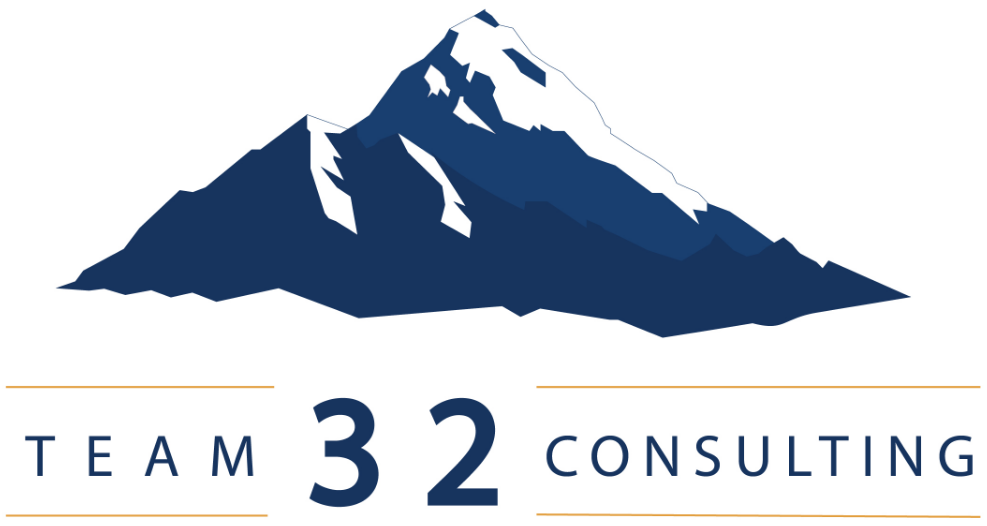
In today’s business world, a forced CEO turnover can shake a company’s foundations and trigger immediate financial consequences. When a fast-food giant loses 2% of its stock price in a day after a sudden CEO removal, or an apparel brand drops 10% in a week following a “rebound CEO” move, it’s clear that leadership changes bring both operational and market risks. While operational continuity and IT resilience have become common areas for contingency planning, fewer boards are prepared for the unique challenges associated with C-suite turnover.
For organizations committed to long-term stability, a robust continuity plan for executive roles is crucial. Without one, forced turnovers can leave shareholders uneasy and stock prices vulnerable. Here’s why a well-prepared C-suite resilience plan matters, and how companies can navigate these inevitable disruptions.
Forced Turnover and Its Impact on Investor Confidence
Forced CEO departures often signal big strategic changes ahead, causing market volatility and shareholder anxiety. Investors place value on consistent leadership that drives steady, strategic growth. Sudden changes in executive leadership can shift the market’s confidence, impacting everything from stock price to investor loyalty. External replacements, particularly those from outside the industry, heighten this sense of unpredictability, often causing larger stock fluctuations than internal successors.
Take, for instance, a recent example from the retail sector. An apparel brand’s board opted for an external “rebound CEO” to revive the company’s position in a challenging market. However, the market’s reaction was quick and severe, with shares dropping 10% in just one week. The market interpreted the leadership shift as a signal of instability, resulting in a costly loss for shareholders.
Why a Continuity Plan is Essential for the C-Suite
Leadership continuity planning is an essential risk management tool that boards often overlook. Unlike IT systems or operational plans, which prioritize business as usual, a C-suite continuity plan should ensure that top leadership roles can be filled seamlessly with minimal disruption. A well-prepared plan can:
- Mitigate Stock Price Volatility: Clear succession plans give investors confidence that the company is prepared for any scenario, reducing knee-jerk market reactions.
- Enable Long-Term Decision Making: Unplanned turnovers can delay or disrupt critical strategic initiatives. A prepared board can keep long-term projects on track despite leadership changes.
- Preserve Corporate Culture: Internal candidates, who are already integrated into the company culture, are more likely to maintain corporate values and direction than external hires who need time to adapt.
Building a Comprehensive CEO Continuity Plan
Effective C-suite continuity plans involve several components that prepare the company for an unexpected CEO departure. Here are some essential steps for developing a resilient plan:
- Identify and Groom Internal Talent: Boards should work with executives to identify and develop internal candidates who could step into leadership roles on short notice. Internal candidates are often familiar with the company’s culture and strategic direction, helping to smooth the transition.
- Define Key Successor Qualities: For each C-suite role, define the qualities, skills, and experience needed for success. This clarity can expedite the decision-making process and ensure that the board remains aligned on what they’re seeking in a leader.
- Regular Succession Drills: Just as companies test their disaster recovery plans, boards should periodically test their succession plans to ensure they work as intended. Practice runs can help identify weaknesses and ensure everyone is clear on their responsibilities in the event of a forced turnover.
- Plan for External Searches: In some cases, internal options may not be suitable. Have a prepared process for engaging external search firms and a clear plan for onboarding external hires, which can reduce downtime and create a smoother transition.
- Communicate Proactively with Investors: When a forced turnover is unavoidable, proactively communicating with investors can help prevent misinformation and maintain confidence. Transparency around the transition can ease shareholder anxiety and preserve market trust.

The Role of the Board in C-Suite Resilience
The board plays a central role in ensuring that leadership continuity is prioritized and prepared. A strong, actionable plan to handle forced CEO departures allows the board to maintain control during times of upheaval and assures stakeholders that the company is equipped for stability. It’s also a signal to the market that the organization values resilience and strategic continuity as core pillars of its success.
Final Thoughts
Forced CEO turnovers are a reality that every organization will likely face at some point. While it’s common to invest in IT and operational continuity, a resilient C-suite continuity plan should be an equally integral part of risk management. Preparedness in the boardroom enables companies to weather abrupt changes without compromising shareholder value or market position.
For boards and executives alike, it’s time to treat leadership continuity with the same seriousness as any other major operational risk. In doing so, they can turn potential crises into opportunities to demonstrate strength, stability, and a commitment to long-term success.
